Star Trek Never Explains Its Most Overused Trope
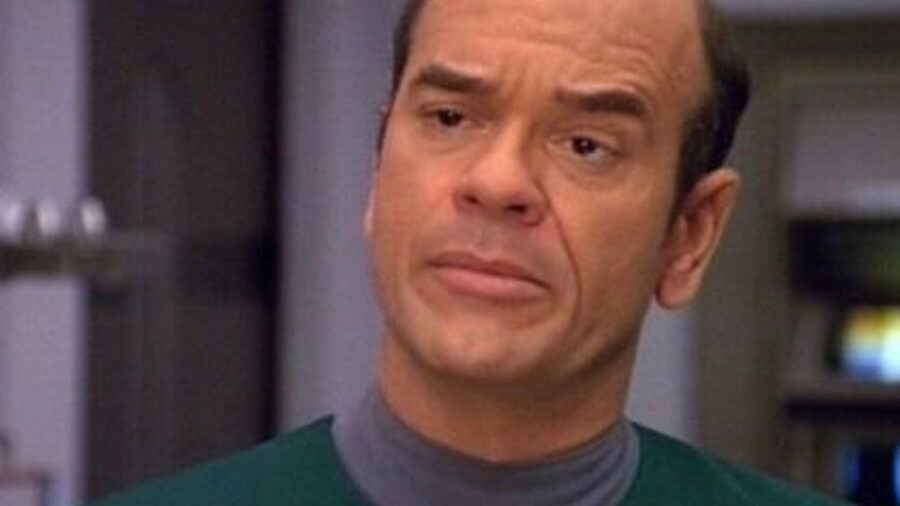
Star Trek has many tropes that it constantly returns to, like the Enterprise always being the only ship in range to handle the crisis of the day. Perhaps the strangest trope is how Artificial Intelligence is presented via the presence of sentient holograms. The appearance of smart holograms is the most overused trope in all of Star Trek, and the franchise never fully explains the AI powering characters like Vic Fontaine, Moriarity, and the Doctor.
AI Isn’t Supposed To Be So Common
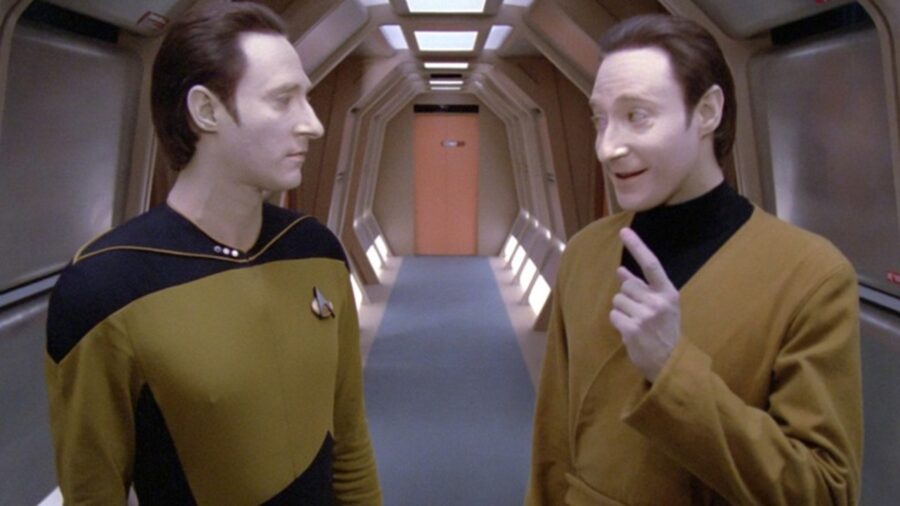
To understand how confusing the whole matter is, you need to remember a different kind of Star Trek AI: the Soong-Type android. The Next Generation makes a big deal out of the fact that Data is very unique because he is sentient; the galaxy is full of robotic servants, but only the androids with a positronic brain like Data could evolve into fully sentient beings, complete with emotions. In short, Data’s sentience makes him relatively unique in the galaxy, and the franchise has gone out of its way to explain that Data is special due to the genius of his creator, Dr. Soong.
Holographic AI

While there are only so many Soong-type androids out there, Data has some kindred spirits in the form of intelligent holograms. Star Trek: The Next Generation gave us a taste of how weird AI in the 24th century could be when a simple request from Geordi La Forge resulted in the holodeck creating a sentient Moriarity. Later, Voyager would introduce a sentient Doctor hologram, and Deep Space Nine would bring in sentient lounge singer Vic Fontaine.
Moriarty
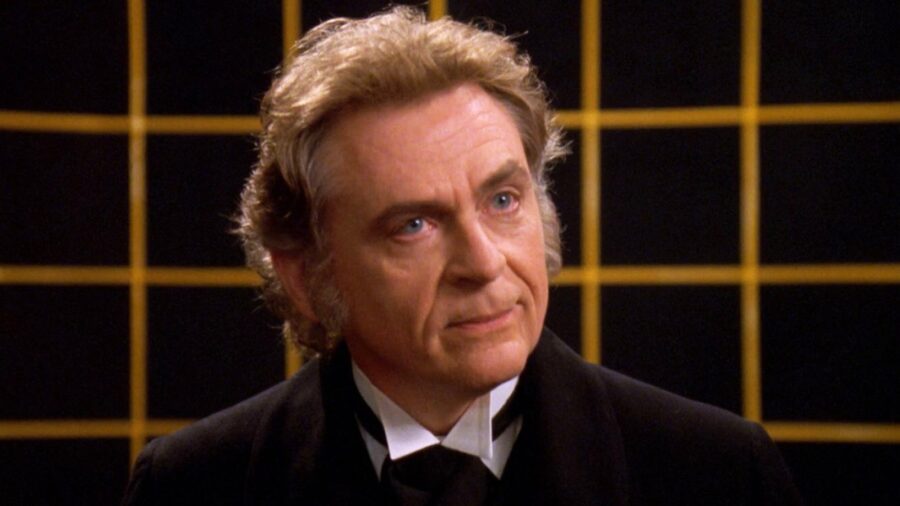
Notably, though, exactly how these fan-favorite Star Trek characters had more advanced AI than other programs is never really explained. For example, if the Enterprise-D computer can create a sentient program after receiving a vague verbal request–which is how the sentient hologram of Moriarty is created in “Elementary, Dear Data”– does that mean the ship’s computer is also sentient? For that matter, could anyone with access to the holodeck accidentally whip up a hyper-intelligent villain with the capability of putting the entire ship in danger?
The Doctor
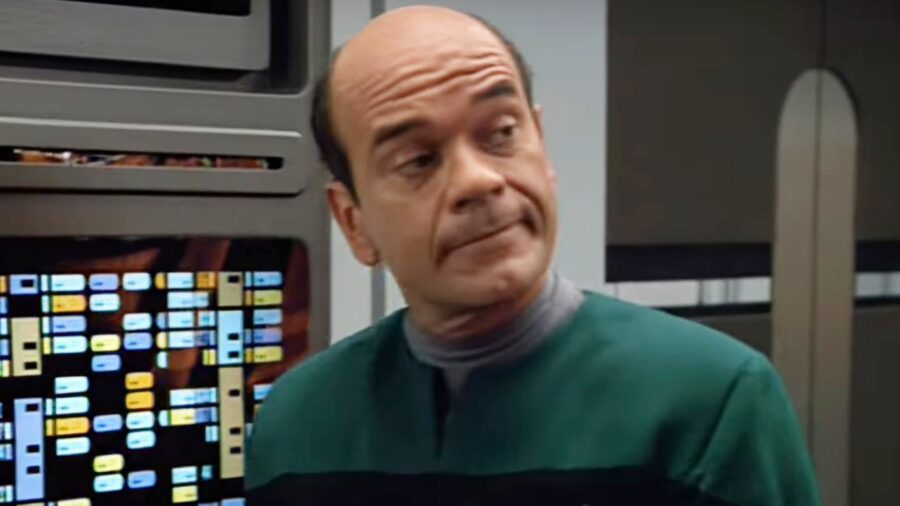
Compared to the other Star Trek holograms, we get the most info on Voyager’s Doctor, but the AI powering him is never explained. For example, it’s canonical that the EMH began the show as a short-use emergency program and just developed sentience because he was on almost all the time. Whether this would happen to any hologram that was left on for a long enough time is something the franchise never addresses.
Vic Fontaine

Last but not least among Star Trek’s smart holograms is Vic Fontaine, the Vegas lounge singer whose AI was programmed by Dr. Bashir’s buddy, Felix. We don’t know much about Felix other than that he creates holo programs, and he’s obviously good at it because he intentionally made the singer sentient. If this is something a random character can do in his spare time and distribute to others, then I can’t help but wonder if the galaxy is filled with more sentient holograms than we’ll ever know.
We’ll Just Have To Accept It
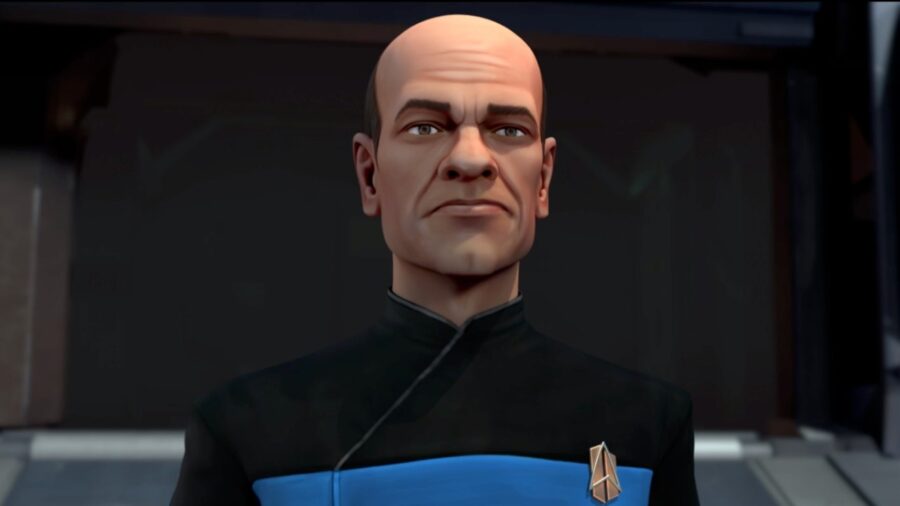
Star Trek gave us some great storylines featuring these characters, but it’s notable that the AI powering each hologram seems to break all the rules of the franchise. The more you wonder how these programs even achieved sentience in the first place, the more questions you’re going to have about how all of this works. Of course, this is the perfect time to remind myself of that wonderful mantra from Mystery Science Theater 3000: “If you’re wondering how he eats and breathes, and other science facts, then repeat to yourself, ‘It’s just a show, I should really just relax.”
In other words, I won’t lose much sleep if Star Trek goes another few decades without explaining this overused AI hologram trope. But for a franchise that prides itself on continuity and scientific accuracy, it’s amazing that we don’t know anything else about the origin and implications of these holographic miracles.
Delete The Wife

Now, I may never have an answer to the big question of whether Captain Janeway could have made that holographic bartender from “Fair Haven” sentient if she kept shacking up with him. If so, do we have to add her “delete the wife” moment to her list of kills, right next to Tuvix?












